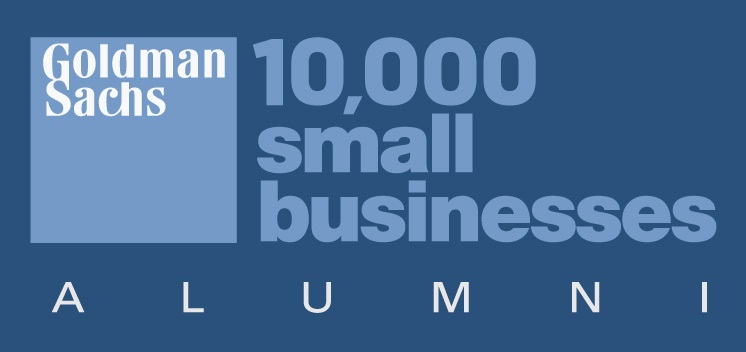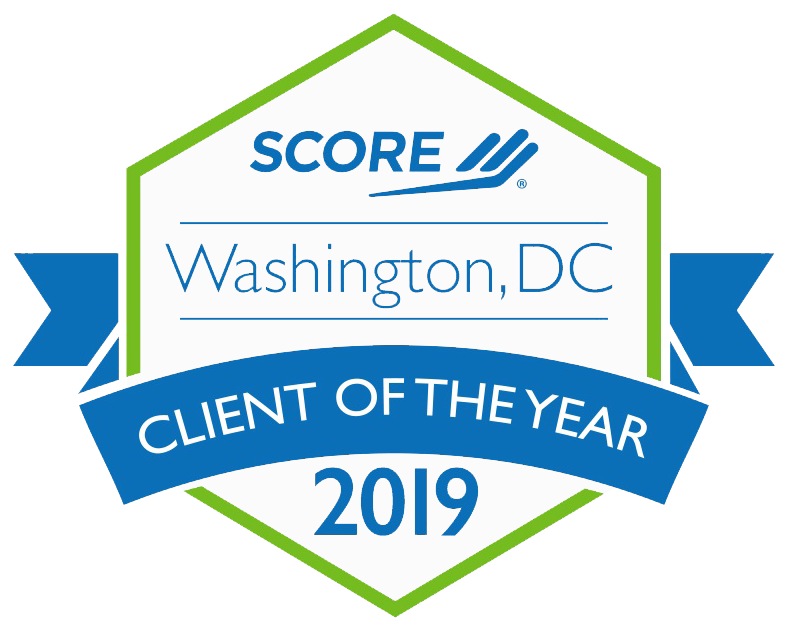Once you’ve received a federal grant, the work doesn’t stop there. The post-award phase is just as significant as the pre-award phase, and should be taken care of diligently. The post-award phase includes a significant amount of work, from implementing the grant, reporting on its progress, and completing any closeout requirements. While the agency that granted the award is there to support you, it is your duty to effectively carry out the grant program. So what steps can you take to ensure you’re completing a federal grant closeout effectively?
Ask for support and oversight.
After an award has been given out, a grants management officer will oversee the awardee’s reporting compliance. This process will extend across the life of the award, and involves reviewing reports submitted by the awardees. In most cases, representatives from the grantor agency perform some sort of audit, although we’ve also seen some agencies perform on-site visits as well. If you have questions regarding your grant or are unsure on how to report correctly, don’t hesitate to ask your grantor. When money is involved, no question is a stupid question!
Report your progress.
Speaking of reporting, this is your biggest task during the close out process. Award recipients typically conduct two types of reporting on a regular basis: financial reporting and programmatic reporting. These reports help provide information about the overall financial status and program performance of the grant project. Recipients must also respond to any audit requests from the funding agency.
Read the fine print.
Many federal agencies may have different regulations when it comes to spending cutoffs. And in some cases, the same agency you used before might change its regulations. So moral of the story is, don’t make assumptions based on your previous experience. Keeping up with the fine print will keep you from scrambling and help keep your timeline in check. We suggest making calendar reminders with any tasks that have a specific cut off time. Make sure you’re giving yourself enough time before that deadline to get the task completed!
Set deadlines.
To help keep your timeline in check, the project manager overseeing the grant should create deadlines with related tasks, and leave enough wiggle room for flexibility. Let’s face it — even the best plans can experience hiccups. Factor in extra time to work around any staffing challenges or other speedbumps that might occur.
Keep documentation in a safe place.
Make sure you have an easily accessible, safe, and protected space to store any files. If you’ve been tracking numbers within your grant’s reporting database, make sure you copy that data so you can track it if you lose access to that resource.
Leverage!
The federal grant closeout process is long and tedious. And by time you’re nearing the close out date, you’re probably pretty over it. But don’t forget, this is the time to leverage what you’ve learned! Use grant reports to write new grant proposals, or look for local partners to help continue parts of your grant project.
The grants lifecycle is complicated, and given the competition for funding, the process is often daunting to many nonprofits and government agencies. Que, RBW Strategy! We offer a comprehensive overview of a grant’s lifecycle, and how you can best move forward given your organization’s current position. Visit our services page for more information, and take a look at our case studies to see how organization’s like yours are benefiting from our services today.





